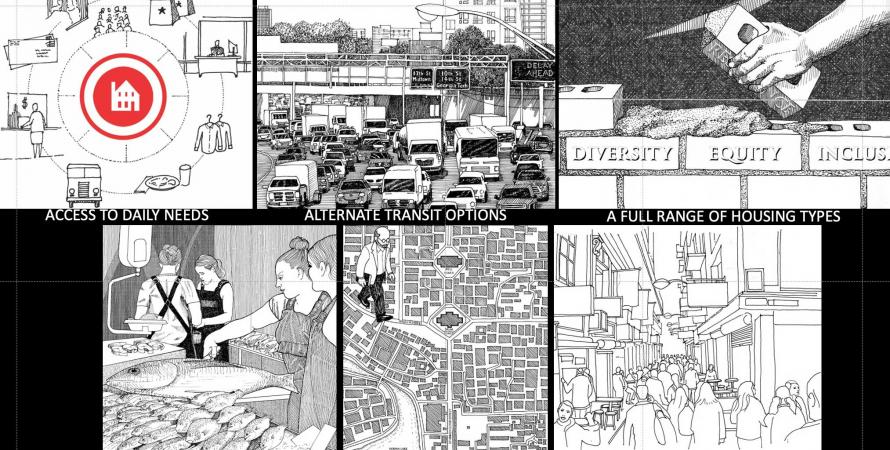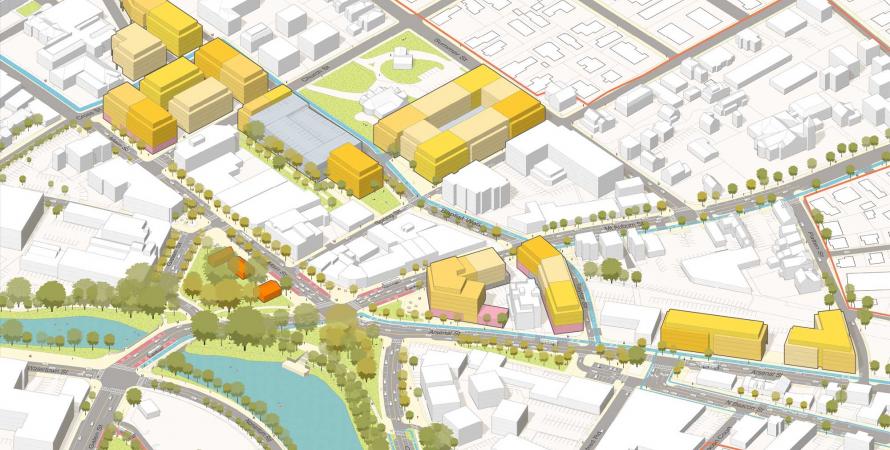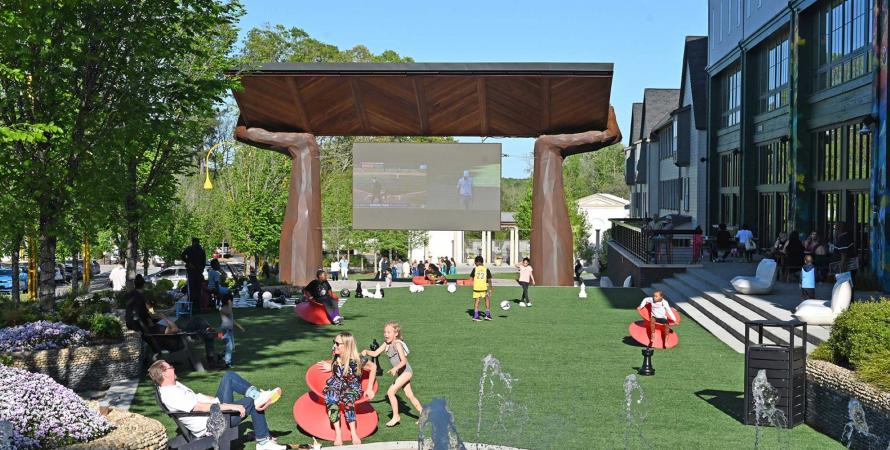-

Six urban center types transforming cities
A new book by the eminent urbanist Jonathan Barnett will make you more optimistic about US cities and their growth.Jonathan Barnett has been at the forefront of urban planning for an astonishingly long time. From 1967 to 1971, Barnett was director of urban design for New York City’s Department of City Planning under reform Mayor John Lindsay. Over the last half-century, he has held long tenures as a professor...Read more -

Thirteen characteristics of walkable neighborhoods
A checklist of physical qualities of walkable neighborhoods was enumerated by Dhiru Thadani in The Language of Towns and Cities.A few weeks ago, real estate professional Mike Hathorne posted 13 physical characteristics of neighborhoods on LinkedIn, which he paraphrased from Dhiru Thadani’s 2010 tome, The Language of Towns and Cities: A Visual Dictionary . I sent the list to Thadani, who endorsed the wording and sent images...Read more -

Watertown plans main square transformation
A proposal could add thousands of housing units to the City center, while making it more walkable and sociable.The heart of Watertown, Massachusetts, located between Boston and the car-oriented suburbs, has long been blighted by cut-through traffic. The historic public space of Watertown Square, near the Charles River, is bounded by five lanes of heavily trafficked asphalt on two sides. Consequently, the...Read more -

New model for sprawling Georgia county
The town center at Trilith creates a walkable downtown in the rural/suburban county 20 miles south of Atlanta.Located across from the largest film production studio on the East Coast, Trilith in Fayetteville, Georgia, offers a new model for housing in a county dominated by low-density sprawl. Designing a mixed-use town in this environment presents challenges, notably building walkable urbanism while...Read more